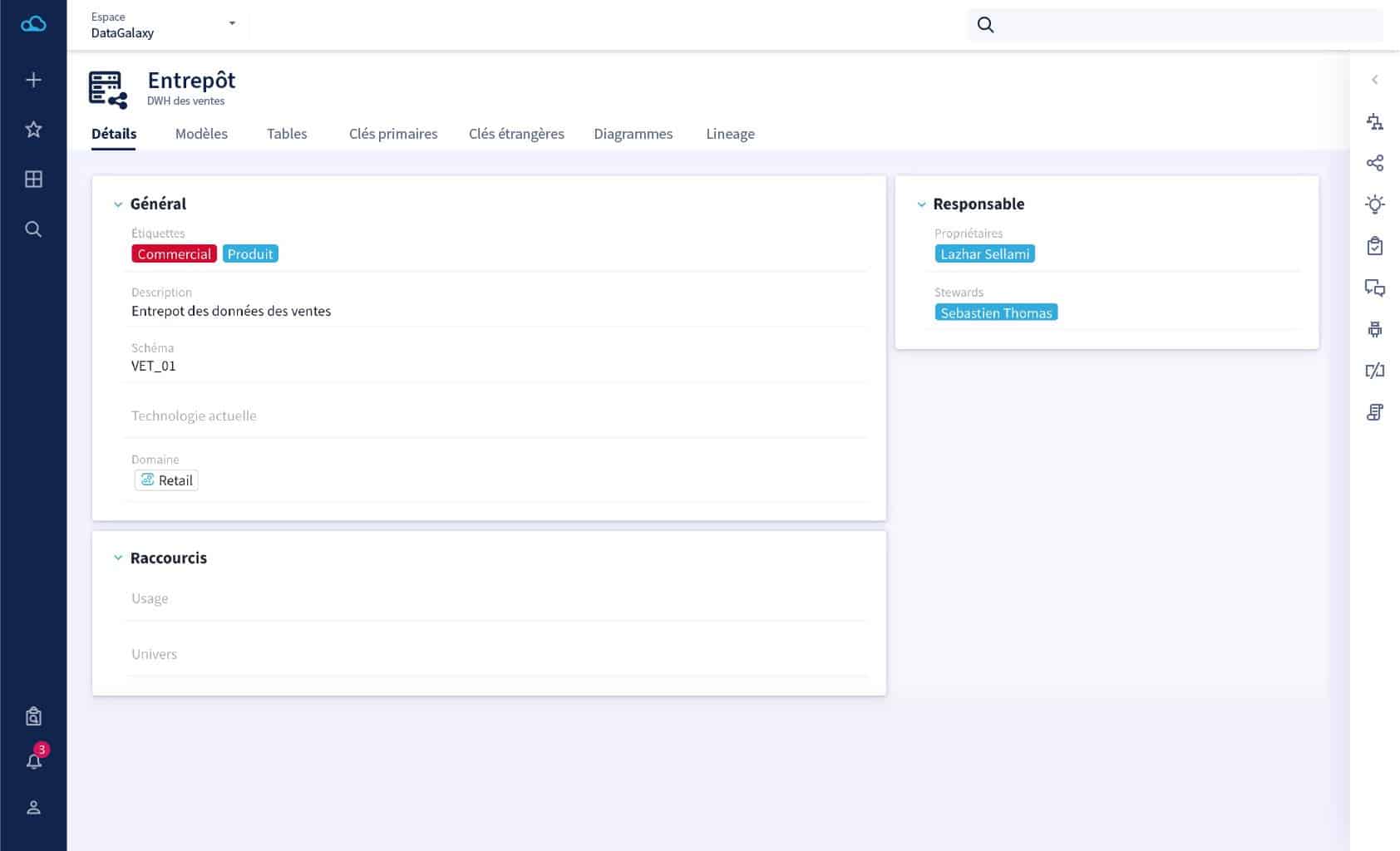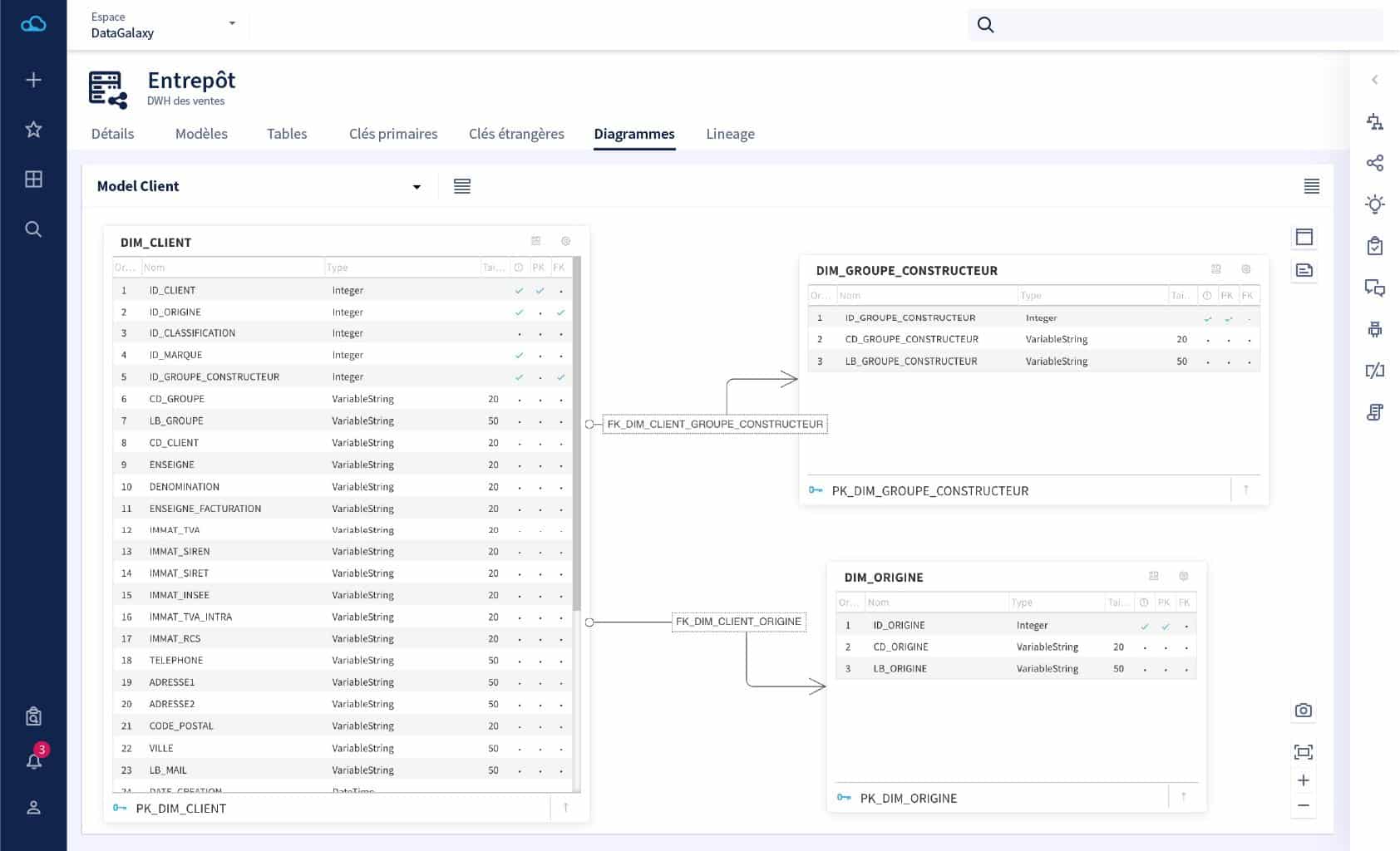DataGalaxy’s Data Dictionary
Identify your data sources regardless of the technology they use.
DataGalaxy’s Data Dictionary provides a comprehensive inventory of all the data available in an organization’s IT landscape.
We implement several user-friendly features into our data catalog including an all-in-one Business Glossary, intuitive data visualization tools, detailed data lineage tracking, and natural language search features built for users across all organizational departments.
Get a comprehensive view of all your data sources – structured or not – in one user-friendly, collaborative, and robust environment.
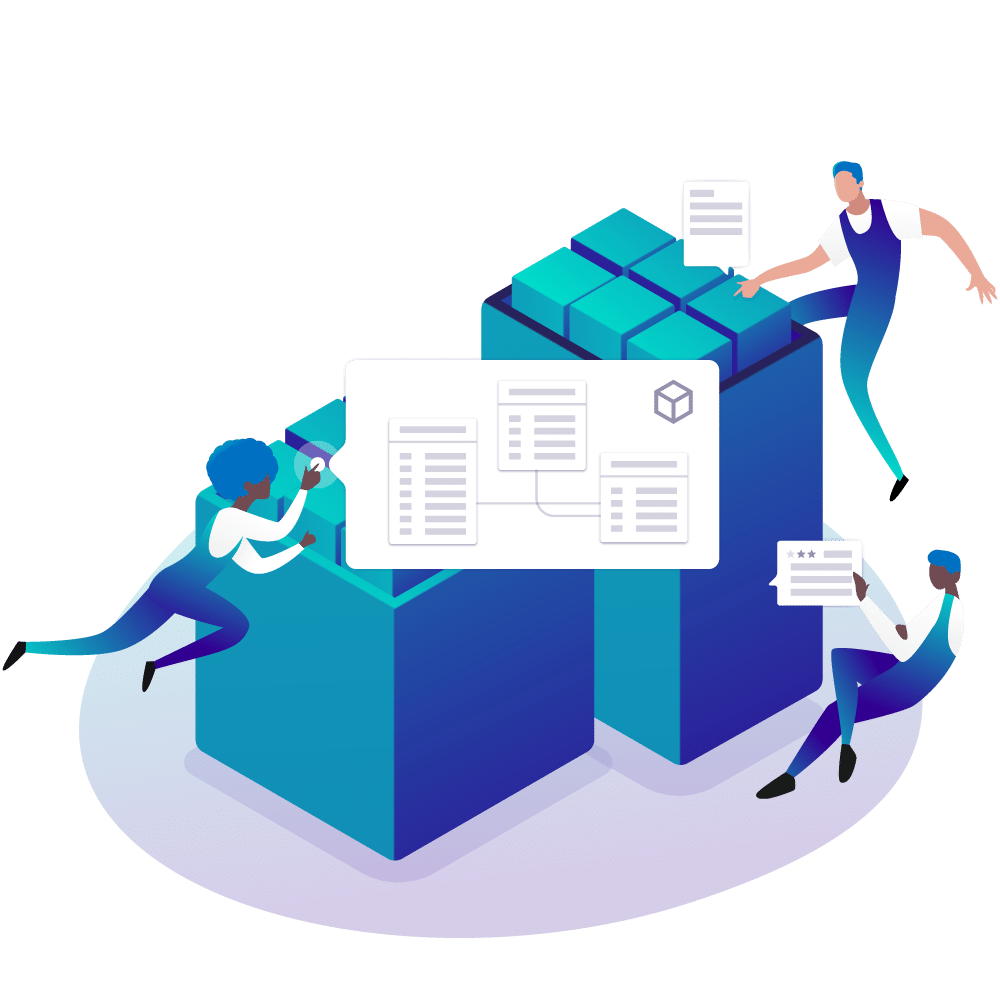
Discover the Data Dictionary
SQL, NoSQL, we handle them all!
DataGalaxy is proud to be technology agnostic: You can manage your data knowledge about sources, structures, and models while easily managing their entire lifecycle.
Gain time for all team members
Stop losing time looking for your data assets: Find them where they belong. With DataGalaxy, you’re one click away from quickly retrieving the exact location of your data storage along with any additional contextual information.
The sky’s the limit!
On a customization spree? No worries: Add as many attributes to a data point as you need for your workflows.
Data Modeling
Our Data Modeling feature allows your team to draft, modify, test, validate, and share you current and future data models.
Share your diagrams
Work directly in a collaborative mode within the data diagrams you use the most to gain efficiency and reduce time-to-market.
Discover The Data Knowledge Catalog
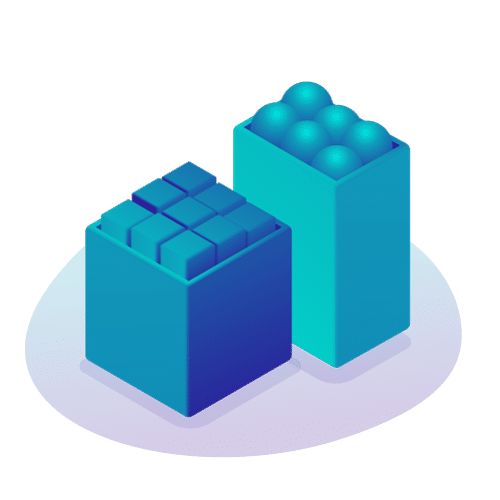
The Data Knowledge Catalog
Easy access to you and your teams' entire data knowledge
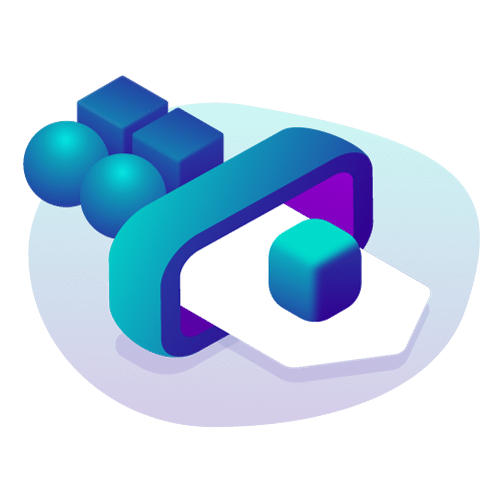
Processing Catalog
Control on how your data assets are transformed and used as an organizational asset
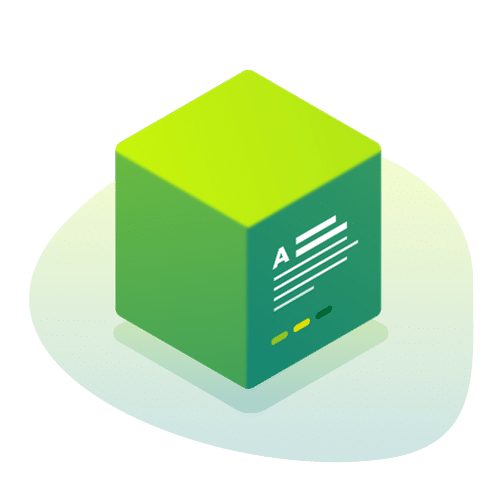
Business Glossary
Bridge the gap between business, IT, and technical teams
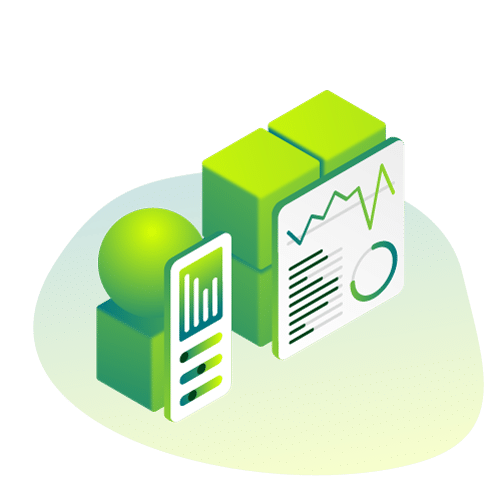
Data Lineage
In-depth visual analytics tracking, research, and visualization
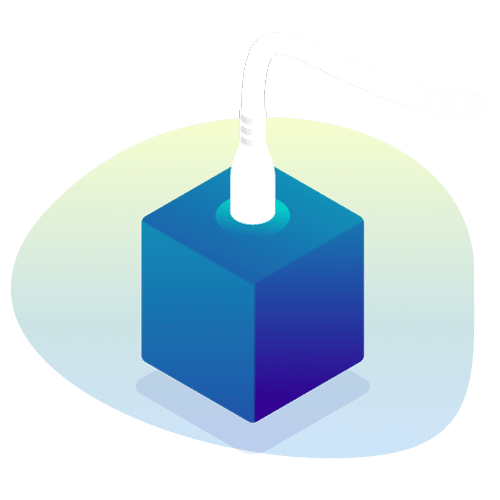
DataGalaxy Connectors
Our library of 70+ ready-to-go connectors to effortlessly identify and map your organizational data, processings, and usages

